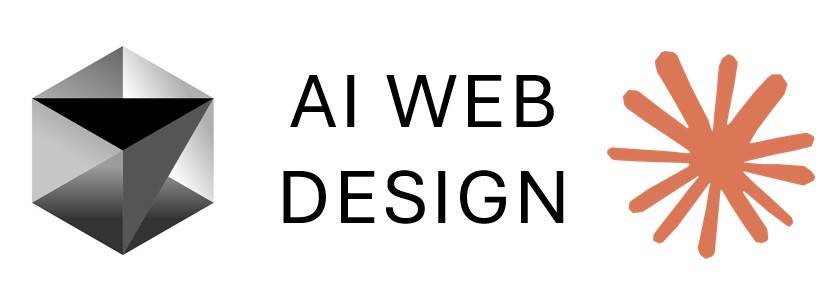Lesson 4: GitHub to Heroku
Master the deployment process from GitHub repositories to live Heroku applications for professional web hosting.
Lesson Objectives
- Push your project to GitHub so your code is saved online
- Create a new project in Heroku to get it ready to go live
- Share your project with the professor so they can see it
- Finish setting up your project to make it live and working
Watch: GitHub to Heroku Deployment Tutorial
GitHub to Heroku - Notes
1. What is Heroku?
- A cloud platform used to deploy apps to the web.
- Allows your project to run live so anyone can access it online.
- Good for testing and sharing apps outside of your local machine.
2. Creating a New App
- Go to the Heroku dashboard.
- Click New → Create New App.
App naming rules:
- Must start with a lowercase letter (not a number).
- Suggested format:
<name>-<module>-<class>-<demo/dup> - Example:
marshall-4210-demo1. - Select Common Runtime → click Create App.
3. Connecting to GitHub
Under the Deploy tab:
- Select GitHub.
- Connect your Heroku app to your GitHub repository.
- Search for your repo (e.g., "demo1") → click Connect.
Auto Deploys:
- Enable this to automatically rebuild the Heroku app whenever you push changes to GitHub.
- You can also deploy manually anytime using Deploy Branch.
4. Deployment Process
- Heroku builds your project based on
requirements.txt. - It installs all the libraries listed there (e.g., Flask, Gunicorn).
After deployment:
- Go to Activity tab to track progress.
- Click Open App to view your site.
5. Troubleshooting Errors
If the app crashes:
- Go to More → View Logs for details.
Example error:
missing Gunicorn app:app commandFix:
Add Gunicorn to requirements.txt.
Example:
gunicorn==20.1.0Commit changes to GitHub → Heroku auto-rebuilds → redeploy.
Use logs to copy/paste errors into ChatGPT if you need help debugging.
6. Collaborators
Add your instructor as a collaborator for grading:
- Go to Access tab.
- Add: bryan.shall@gcsu.edu.
- Only add for demo and dup projects (not personal test ones).
7. Managing Apps
If you finish with an app:
- Go to Settings → Delete App.
On the dashboard:
- Active apps show as running.
- Inactive ones show zzz (asleep).
8. Heroku Plans
Eco Dyno plan → ~$5/month.
Features:
- Apps sleep when not in use.
- Unlimited apps allowed.
- Affordable for student projects.
Key Takeaways
- Heroku lets you deploy Flask apps live to the web.
- Always check
requirements.txtfor needed libraries (like Gunicorn). - Use Auto Deploys for convenience, but don't deploy too often (takes time to rebuild).
- Logs are your best friend when troubleshooting.
- Add your instructor as a collaborator on required projects.
- Consider the Eco Dyno plan ($5/month) for active apps.
